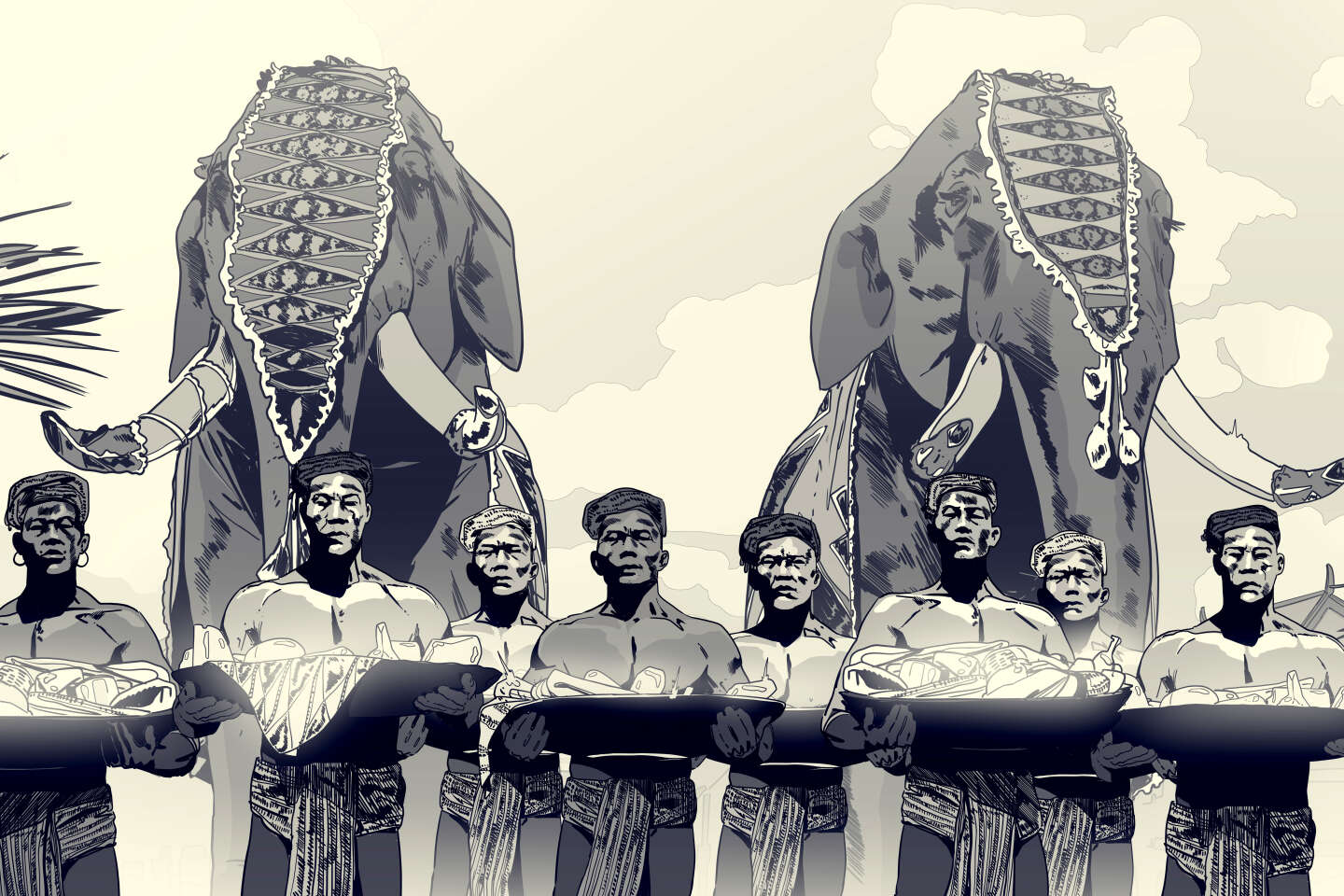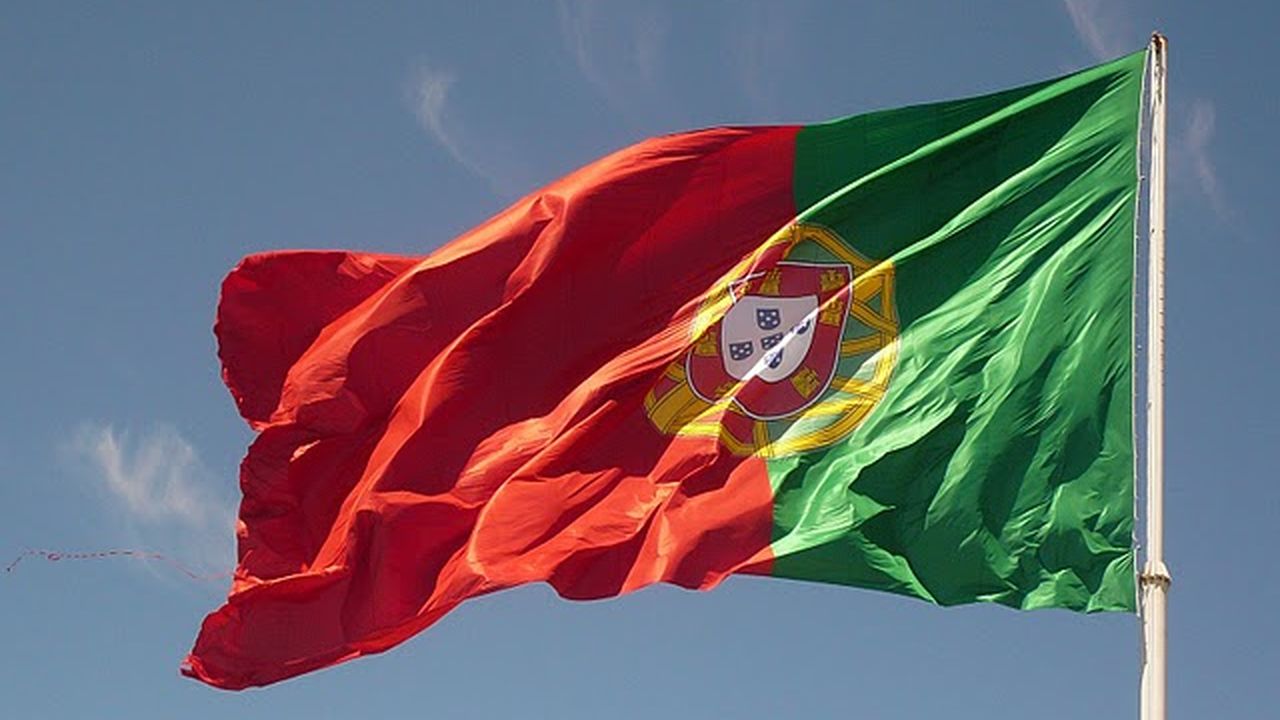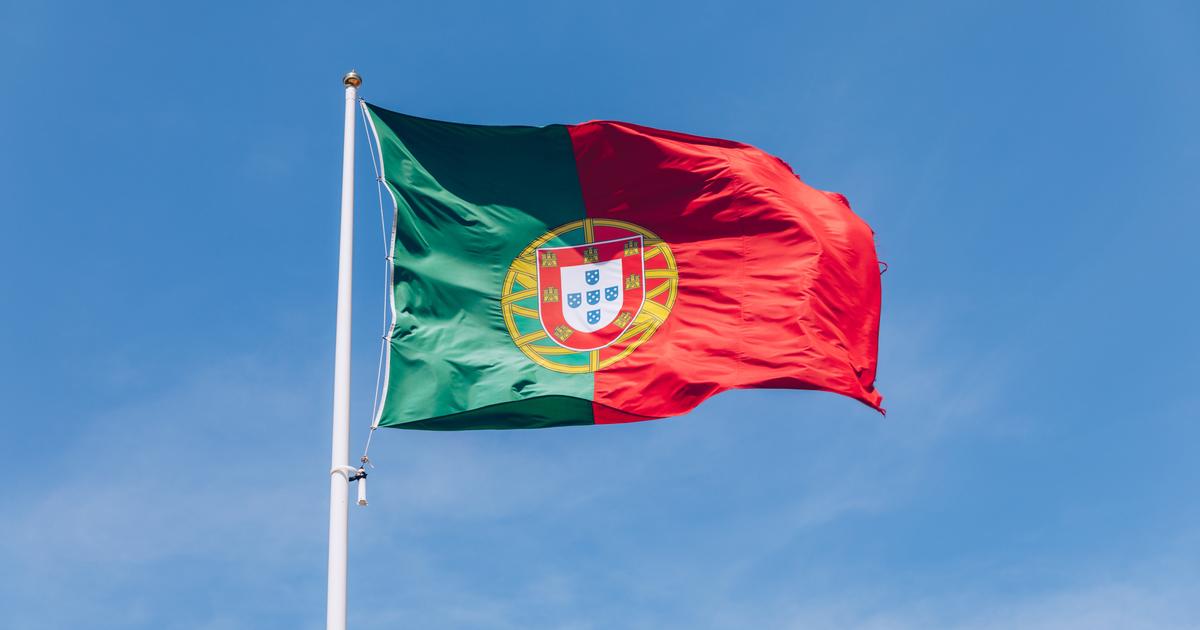
ARTE – Saturday, November 19 – 8:50 pm – Documentary series
“In the beginning were the spices.” This is how the biography that writer Stefan Zweig dedicated to Fernand de Magellan in 1938 opens. “In the beginning were the cloves,” it would be more accurate. For by suspending possession of the Moluccas archipelago in Indonesia, the only known place at that time where clove trees grew, the Portuguese navigator, born in Porto around 1480, persuaded King Charles V of Spain to finance his mad project in 1517: to reach India from the West. There was no doubt then that the first round-the-world voyage would write Magellan in history.
Fernao de Magalhaes isn’t the only serendipitous discoverer. Didn’t contemporary Christopher Columbus discover America on October 12, 1492, thinking of landing in India? On the one hand, an experienced and military navigator in the service of the King of Portugal is the only traitor, because, not being recognized, he sold himself to Spain.
Errors and estimates
By giving pride of place to errors and miscalculations, director François de Reproles spice up his series of documentaries. That’s fine: full broadcast, it should captivate over time (4 x 52 minutes). Aside from the intensity drop in the third part, it worked. Special thanks to the script, which is based on a story full of anecdotes written by Antonio Di Pigafetta, the official chronicler of this script. Wonderful trip Completed September 6, 1522, one of 18 survivors of 237 men left on five ships.
The ambiguity of the Treaty of Tordesillas, a kind of Spanish-Portuguese Yalta, was to have disastrous consequences. Signed on June 7, 1494, it divides the planet vertically into two halves, from the meridian passing 370 leagues west of the Cape Verde Islands: Portugal to the east and Spain to the west. But cartographers are not able to say exactly where the Moluccas are, and therefore who owns them. In 1518, Magellan arbitrarily placed them in the Spanish region …
Leaving Seville on Monday, St. Lawrence’s Day, August 10, 1519 Antonio Di Pigafetta wrote, Moluccan Armada » He will join Brazil before he arrives “The end of the known world”, in search of a southern passage more than ever before. The viewer is taken in, perhaps shocked at the severity of the punishments meted out to traitors; Certainly amused the description of penguins; He wonders, like all historians, about the death of Magellan on April 27, 1521, on the island of Mactan, in the Philippine archipelago.
The audio commentary story by Christian Gounon (from Comédie-Française) is illustrated with unpublished aerial views of the current coastlines, capes, Straits of Magellan and drawings from the Remembers Studio, founded by Hugo Bienvenu – Success. Added to this are the testimonies of historians and specialists, such as Sir Robin Knox Johnston. The first navigator circumnavigated the world alone and without stopping, imagining, not without humor, the preparations for the departing crews: “If I have to travel for two years, how many toothbrushes should I take?”
Historian José Manuel Núñez de la Fuente prefers to quote the economist of the nineteenth centurye Adam Smith’s Century: The two historical events that the economy considers the most important in all of history are: the discovery of the Strait of Magellan and the crossing of the Pacific Ocean. » Half a millennium ago, globalization raised the main sail.
Magellan’s amazing voyageBy François de Ribirolli (fr, 4 x 52 min, 2022).






